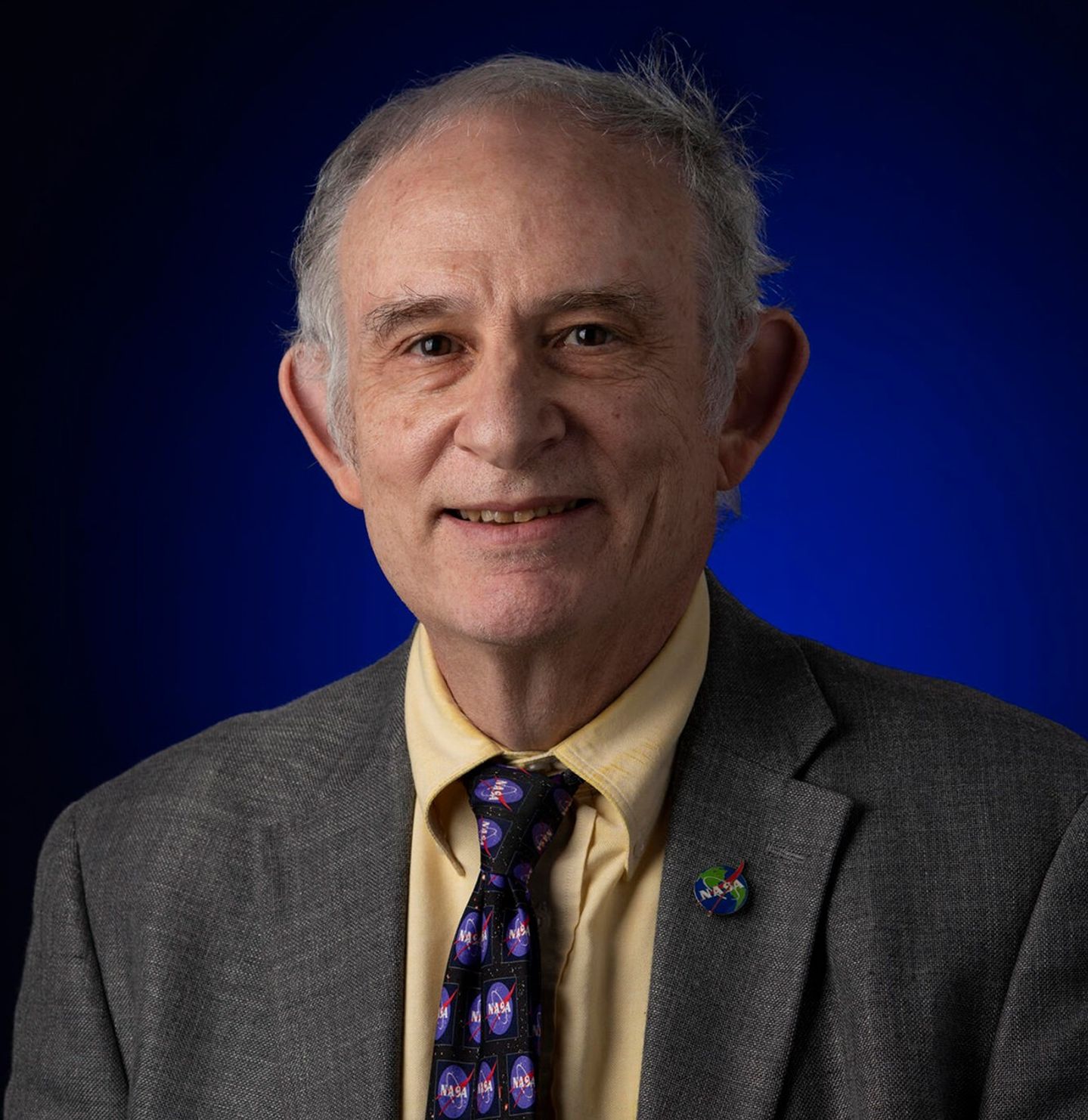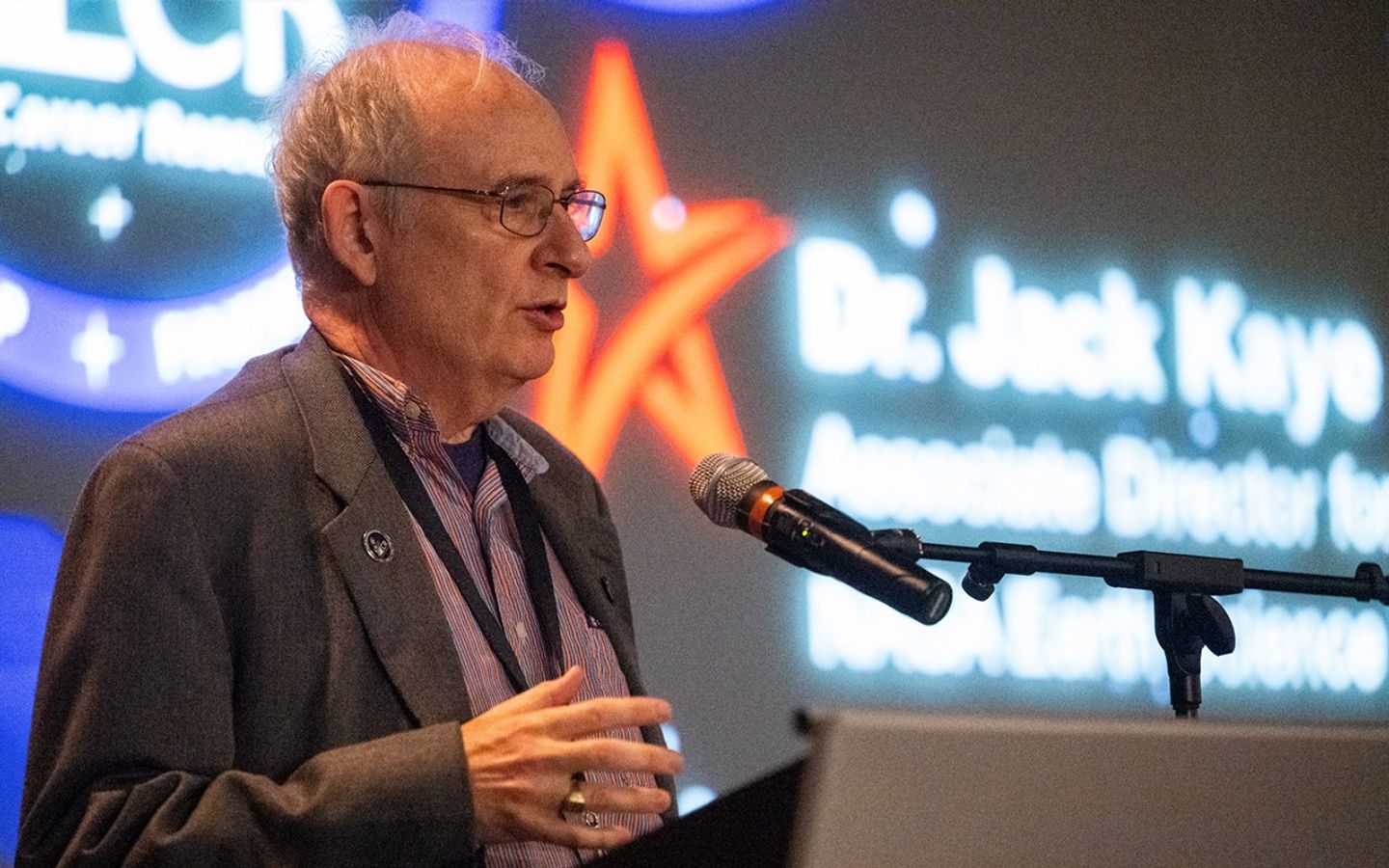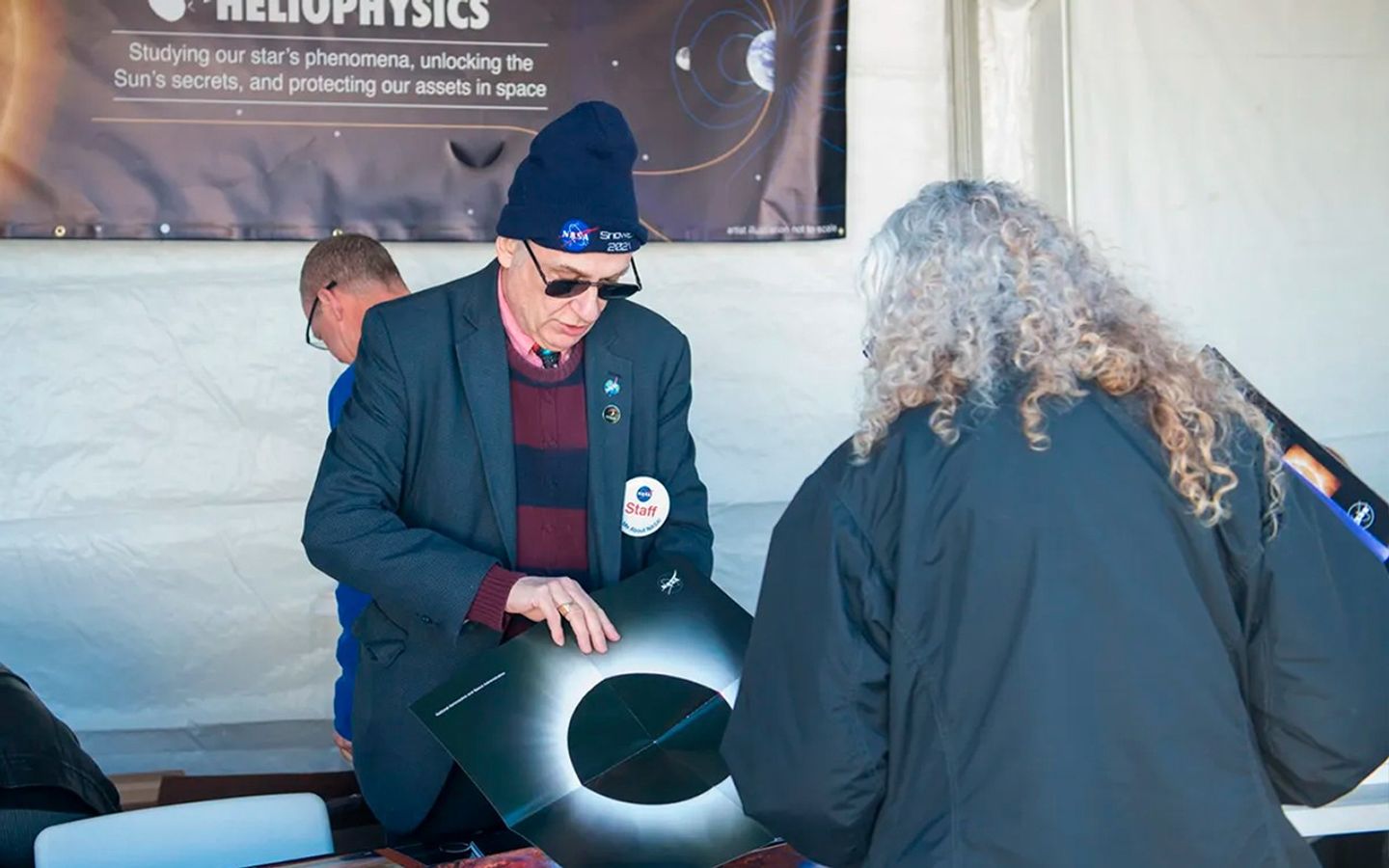Jack Kaye [NASA HQ-Associate Director for Research, Earth Science Division (ESD)] has decided to retire on April 30, 2025, following 42 years of service to NASA - see Photo 1. Most recently, Kaye served as associate director for research of the Earth Science Division (ESD) within NASA's Science Mission Directorate (SMD). In this position, he was responsible for the research and data analysis programs for Earth System Science that addressed the broad spectrum of scientific disciplines from the stratopause to the poles to the oceans.

A New York native, Kaye's interest in space was piqued as a child watching early NASA manned space launches on television. He would often write to NASA to get pictures of the astronauts. In high school, he started an after school astronomy club. Despite a youthful interest in Earth science, as he explained in a 2014 "Maniac Talk" at NASA's Goddard Space Flight Center, Kaye pursued a slightly different academic path. He obtained a Bachelor's of Science in chemistry from Adelphi University in 1976 and a Ph.D. in theoretical physical chemistry at the California Institute of Technology in 1982. For his graduate studies, he focused on the quantum mechanics of chemical reactions with an aim toward being able to understand and calculate the activity.
Following graduate school, Kaye secured a post-doctoral position at the U.S. Naval Research Laboratory, where he studied the chemistry of Earth's atmosphere with a focus on stratospheric ozone. It was while working in a group of meteorologists at NASA's Goddard Space Flight Center that Kaye returned to his roots and refocused his scientific energy on studying Earth.
"NASA had a mandate to study stratospheric ozone," Kaye said in an interview in 2009. "I got involved in looking at satellite observations and especially trying to interpret satellite observations of stratospheric composition and building models to simulate things, to look both ways, to use the models and use the data."
Kaye has held numerous science and leadership positions at NASA. He began his career at GSFC as a researcher for the Stratospheric General Circulation and Chemistry Modeling Project (SGCCP) from 1983-1990 working on stratospheric modeling. In this role, he also worked on an Earth Observing System Interdisciplinary proposal. His first role at NASA HQ was managing as program scientist for the Atmospheric Chemistry Modeling and Analysis Program (ACMAP), as well as numerous other missions. In this role, he was a project scientist for the Atmospheric Laboratory for Applications and Science (ATLAS) series of Shuttle missions. While managing ATLAS, Kaye oversaw the science carried out by a dozen instruments from several different countries. He also managed several other Earth Science missions during this time. See the link to Kaye's "Maniac Talk."
Kaye entered the Senior Executive Service in 1999, where he continued to contribute to the agency by managing NASA's Earth Science Research Program. In addition, Kaye has held temporary acting positions as deputy director of ESD and deputy chief scientist for Earth Science within SMD. Throughout his career he has focused on helping early-career investigators secure their first awards to establish their career path-see Photo 2.

On numerous occasions, Kaye spoke to different groups emphasizing the agency's unique role in both developing and utilizing cutting-edge technology, especially remote observations of Earth with different satellite platforms - see Photo 3. With the launch of five new NASA Earth science campaigns in 2020, Kaye stated, "These innovative investigations tackle difficult scientific questions that require detailed, targeted field observations combined with data collected by our fleet of Earth-observing satellites."

Kaye has also represented NASA in interagency and international activities and has been an active participant in the U.S. Global Change Research Program (USGCRP), where he has served for many years as NASA principal of the Subcommittee on Global Change Research. He served as NASA's representative to the Subcommittee on Ocean Science and Technology and chaired the World Meteorological Organization Expert Team on Satellite Systems. Kaye was named an honorary member of the Asia Oceania Geoscience Society in 2015. He previously completed a six-year term as a member of the Steering Committee for the Global Climate Observing System and currently serves an ex officio member of the National Research Council's Roundtable on Science and Technology for Sustainability and the Chemical Sciences Roundtable, as well as a member of the Roundtable on Global Science Diplomacy.
NASA has honored Kaye with numerous awards, including the Distinguished Service Medal in 2022 and the Meritorious Executive in the Senior Executive Service in 2004, 2010, and 2021. In 2024 he was awarded the NASA-USGS Pecora Individual Award honoring excellence in Earth Observation. He was named a Fellow by the American Meteorological Society in 2010 and by the American Association of the Advancement of Science (AAAS) in 2014. Kaye was elected to serve as an office of the Atmospheric and Hydrospheric Science section of the AAAS (2015-2018). AGU has recognized him on two occasions with a Citation for Excellence in Refereeing.
Over the course of his career Kaye has published more than 50 papers, contributed to numerous reports, books, and encyclopedias, and edited the book Isotope Effects in Gas-Phase Chemistry for the American Chemical Society. In addition, he has attended the Leadership for Democratic Society program at the Federal Executive Institute and the Harvard Senior Managers in Government Program at the John F. Kennedy School of Government at Harvard University.
"The vantage point of space provides a way to look at the Earth globally, with the ability to observe Earth's interacting components of air, water, land and ice, and both naturally occurring and human-induced processes," Kaye said in a November 2024 article published by Penn State University. "It lets us look at variability on a broad range of spatial and temporal scales and given the decades of accomplishments, has allowed us to characterize and document Earth system variability on time scales from minutes to decades."






